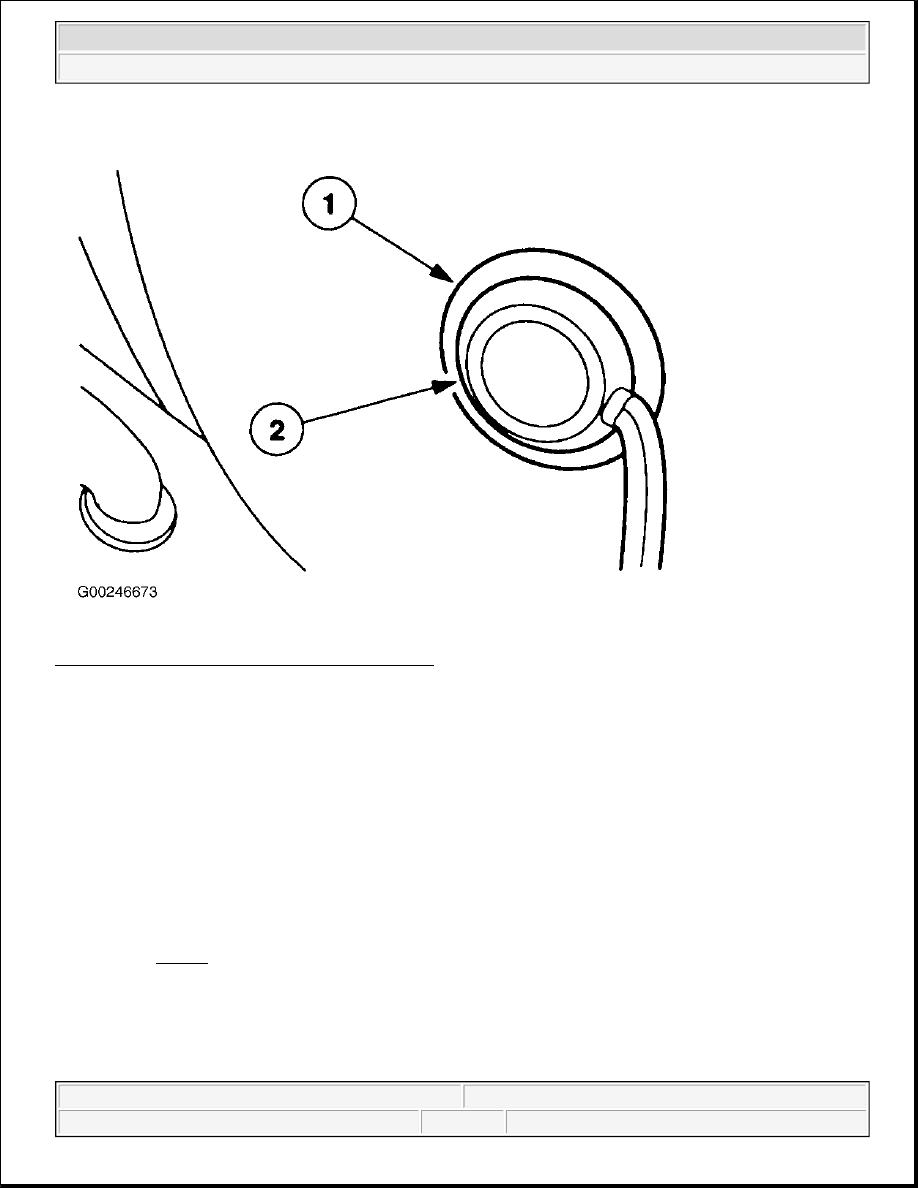Content .. 1262 1263 1264 1265 ..
Ford F150 Pickup. Instruction - part 1264

Fig. 9: Removing Fuel Tank Temperature Sensor
Courtesy of FORD MOTOR CO.
RELAYS & SOLENOIDS
BI-FUEL RELAY MODULE
FUEL RAIL SOLENOID
Removal & Installation
The fuel rail solenoid is mounted in fuel rail. The manufacturer does not provide a procedure to replace the
solenoid. See Fig. 10 .
NOTE:
Removal and installation information is not available from manufacturer.
2003 Ford Pickup F150
2003 ENGINE PERFORMANCE Removal & Installation - F150 Pickup - Bi-Fuel - Gasoline/CNG